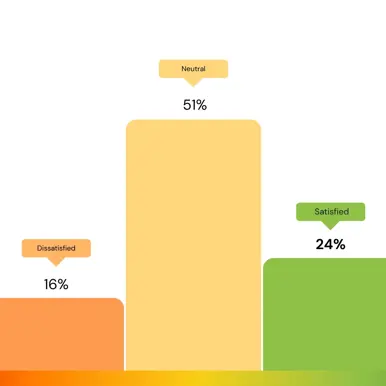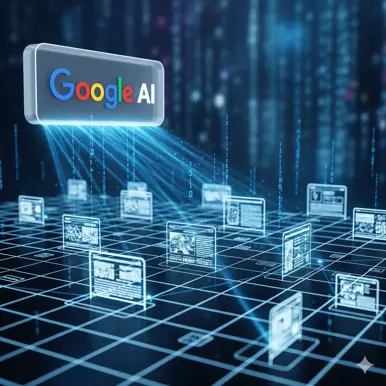Machine learning is a form of artificial intelligence where computer algorithms are used to autonomously learn from data and information to help solve problems. A machine learning supported system can make decisions and take actions based on its previous experience. Facebook trying to connect you with new people and/or businesses, Netflix suggestions based on your watch history, and Amazon suggesting books based on your interests are all examples of machine learning in action.
From Dream to Today
The dream that machines would one day be able to learn is as old as computers themselves. For a long time though, it remained just that: a dream. Most of the attempts at machine learning were barely noticed and often ignored. They never made a breakthrough - no software companies were interested, no major follow-up research was done, and not much support was received from funding agencies. Machine learning remained an underdog.
Knowledge-based systems of 1970s’ artificial intelligence had a weak spot: where “the knowledge” was to come from. At the time, it was suggested to come from if-then based rules put together from the joint effort of engineers and field experts. However, experts found it difficult to communicate what they knew to engineers and creating a knowledge base of thousands and thousands of rules proved to be a very frustrating task.
Later, a group of visionaries made a proposition which was both simple and auspicious. If it is hard to tell a machine exactly how to solve a problem, why not give the instructions indirectly, providing the necessary skills by way of examples from which the computer will learn. This was not easy at the time as there was an absence of machine learning techniques. This was not an obstacle, it was a challenge and inspired many great minds. The idea of making computers capable of learning skills opened up new horizons and created excitement among many research disciplines.
Today, we are at a very different stage. A large number of universities are offering machine learning classes to their undergraduate students. Applications are getting smarter by the day. Our phones are capable of holding conversations with us and are able to provide clever suggestions based on information learnt from our activities. Today we can use machine learning in our own business environments.
Data Waste
It is not difficult to observe that everything we do is digitalised in one way or another. We ditched postcards a very long time ago. We ask our phones for directions to virtually anywhere. Inevitably, this digital transitioning has greatly accelerated in the last decade. This is certainly the case for businesses trying to adapt a digitalised work flow, or business process. However, many businesses are wasting their data. This waste is only going to grow as technologies we use become more mainstream. The main issue is the fact that these businesses do not see any potential of the data they are producing let alone know how to use it.
How to start using Machine Learning
Define a clear business goal and the value you would like to get from machine learning
There is a misunderstanding that machine learning is only for “techies” and big organisations. Large corporations like Amazon, Microsoft and Google have made machine learning tools available in their platforms such that they can be incorporated in almost any software solution.
But where to start? Our advice is to define a clear business goal and the value you would like to get from machine learning. This will ensure that you get the best value for your money, time and the perfect fit for your business needs. Let’s look at some examples of business scenarios - one of the use cases of machine learning is to make predictions. If you have an online store, making personalised recommendations to customers based on their purchase history is a great candidate business problem that can be solved with machine learning. You can even go one step further and forecast long-term customer loyalty. As well as customers, you can look at your employees, for example anticipating the future performance of your employees.
Once a clear business goal has been determined, you need to look at your existing data, potentially capture more data, and evaluate the right machine learning tools for your environment.
Machine learning started as a futuristic concept, but is now becoming mainstream. With its broad availability, this is now the time to let the machines do the learning and make use of all that data you’ve gathered.












